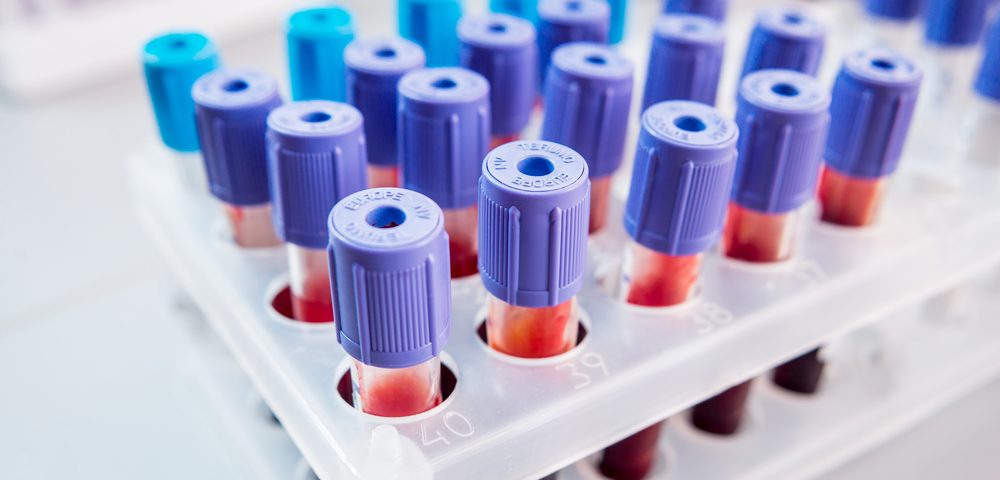Researchers found that patients with inflammatory bowel disease (IBD) with iron deficiency (ID) or iron deficiency anemia (IDA) who were administered iron intravenously were hospitalized less frequently and had lower total healthcare costs compared to patients who took iron orally.
The study, “Oral versus intravenous iron therapy in patients with inflammatory bowel disease and iron deficiency with and without anemia in Germany – a real-world evidence analysis,” was published in the journal ClinicoEconomics and Outcomes Research.
Excluding the intestinal manifestations, IDA is the the most frequent complication of IBD. Although there are multiple causes of anemia in IBD, iron deficiency is one of the most prevalent, caused by poor iron intake, chronic blood loss, or impaired absorption. Iron deficiency has an estimated prevalence of 36-90% in patients with IBD.
The presence of IDA and ID is associated with an impaired quality of life and high healthcare costs. Patients are treated with either intravenous (IV) iron or oral iron therapy. Intravenous iron, however, has shown better clinical benefits compared to oral iron therapy.
As only a few studies have conducted direct comparison between the two methods, German researchers set out to compare healthcare outcomes and costs of oral vs. intravenous iron treatment for IBD patients with iron deficiency or IDA.
The study population included 29,331 patients with IBD, of whom 3,561 had iron deficiency or IDA. Of these, 589 patients began oral iron treatments and 442 began IV iron treatment. Patients were matched between the treatment groups, and 380 patients in each group were analyzed.
Results showed that 37% of patients in the IV group had fewer all-cause hospitalizations, compared to 48% in the oral iron group. Also, iron deficiency or IDA-related hospitalizations were also lower, at 5% in the intravenous group compared to 14% in the oral iron group.
Researchers observed significant healthcare cost differences between the two groups. After adjusting for cost differences, the total healthcare cost savings in the IV iron group were calculated to be €369 euros, or about $454 U.S. dollars.
Interestingly, while the patients in the IV iron group had higher costs for medications at €1,876 euros (about $2,309 U.S.), the inpatient setting achieved the most cost savings at €1,887 euros ($2,322 U.S.).
“IBD patients receiving intravenous iron were less frequently hospitalized and incurred lower total healthcare costs compared to patients receiving oral iron,” the researchers wrote. “Higher expenditures for pharmaceuticals were compensated by cost savings in other domains.”

